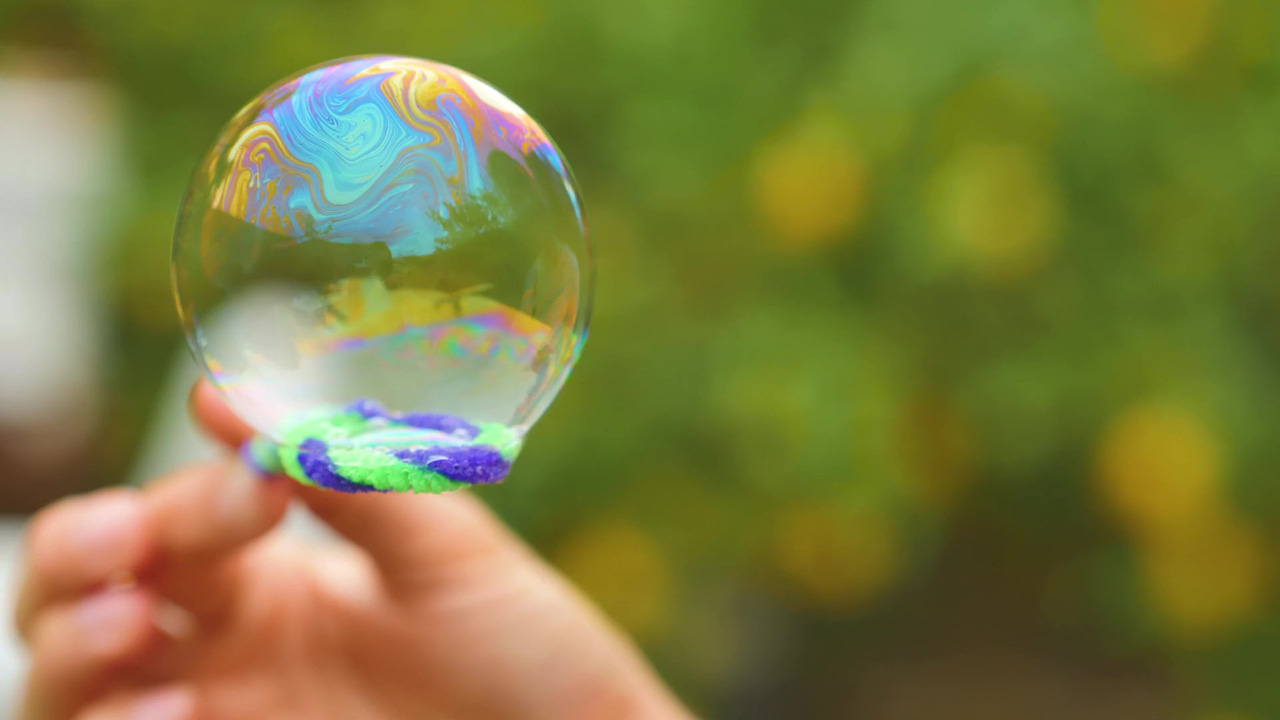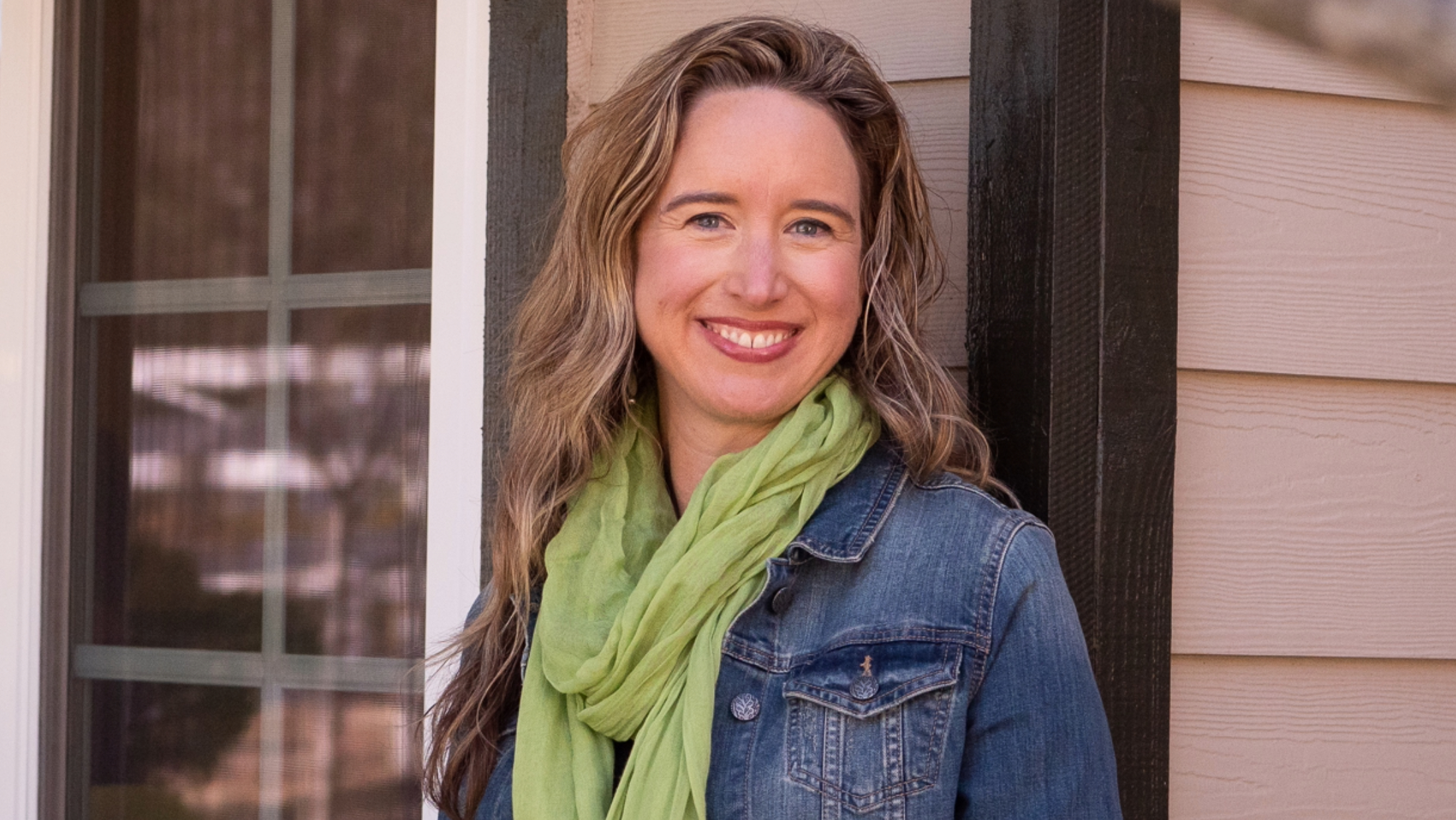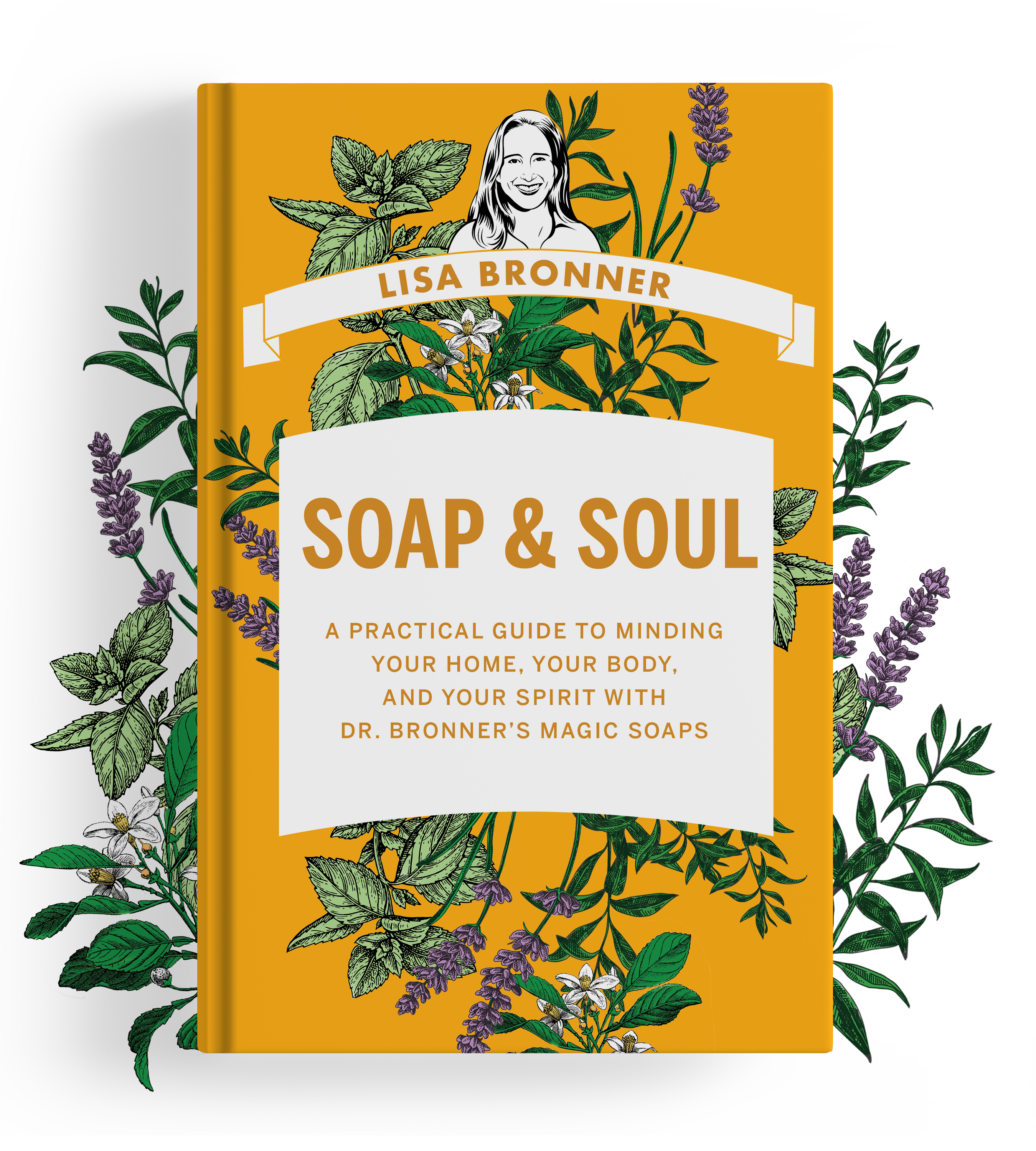
Warning! This post is only for fun! However, since having fun relieves stress, and reducing stress is one of the 5 habits for healthy skin, I guess there is some practical application here.
In the video, I make a GIY (Green-It-Yourself) bubble recipe using a combination of ½ cup (120 mL) Sal Suds, ½ cup (120 mL) corn syrup, and 2 cups (480 mL) distilled water.
However, in my testing, I experimented with a range of other ingredients. Several of them worked reasonably well, and if this is what you have on hand, here are some substitutions you can try:
- 2/3 cup (160 mL) Castile Magic Soap in place of Sal Suds
- ¼ cup (60 mL) glycerin in place of the corn syrup
- 1 cup (240 mL) of simple syrup in place of the corn syrup; reduce water to 1 ½ (360 mL) cups
There’s no preservative in my formulation, so this isn’t for long–term storage in your garage all summer. Use it in a week or so.
A huge thank you to my awesome nephew and niece for their bubble blowing (and popping!) help! And to Tucker, the noseless wonder, for his super brief cameo.
Further reading
- Bubble Dyed Paper with Dr. Bronner’s Sal Suds
- How to Clean Baby & Kid Gear
- GIY Coconut Sugar Scrub
- Sal Suds Dilution Cheat Sheet
Sal Suds cleaner shows >60% biodegradation after 28 days per ISO 14593.



Can you use this for refillable bubble wands?
Hi Natalie – You can definitely use this solution to refill your bubble wands!
Hi Lisa,
when I was in college, I was into bubbles. I needed to make them last longer, because I would catch them on the wand, and listen to symphony music, and the colors seemed to flow with my emotional appreciation of the music. Through various experiments I came up with a solution that allows the water to evaporate leaving a spherical crystal bubble.
In 1981, my wife and I spent a weekend with Dr. Bronner, in his house in Escondito. In that back bunk building that he had for the other Hippies that called the # on the back of the castile soap bottle. We went out to a resort and he had me drive the station wagon, and he got out and had me drive very slowly while he jogged along side. I remember fondly his ‘good wife Gladys’ as he introduced his wife to us.
about the bubbles I accidently invented .. they are very eco friendly, and when people see them rolling around on the floor, and never popping in the air .. it’s pretty cool.
I had a chance to develop them with Chem Toy Corp. Chicago Illinois they flew me to Chicago (I magically met their head of sales at the Mexico city airport and told him I was making jewelry in Taxco and into perfecting my Magic Bubbles, bubbles and he said “we’re Chem toy, the Bubble People.” Yikes, even though I could change their solution to my magic solution for extremely cheap, the Head Guys just wanted to steal the bubble. I even made them 5 gallons to play with .. and I never have seen it on the market.
right now the bubble takes about 10 seconds at 80 degrees to crystalize .. as they evaporate the water, they begin to lift, probably the suns energy also heats the inner space … oh, and the colors flow for a while and then get fixed as the crystallization takes place. I’m guessing that this can be accomplished quicker, I really do not know.
Anyway, I saw your video .. after I saw the GQ article on Michael and David and the company.
oh also, I don’t know if you are aware that Dr. Bronner was into Haley’s Comet.. each time it came was one year for him and he was waiting for the next time for something specially Cosmic to happen …
I was waiting too .. and no one mentions that when the comet was here the last time Duvaliers in Haiti and Marcos’ in the Philippines were both disposed. but better than that .. my daughter is born Oct 5th .. and she was conceived, if you count backwards by 9 months .. when the Haley’s was behind the sun ..
and when I went down to my local internet cafe to make up a name to put my ideas about the OptiMystical Universe on … http://www.consciousness.com was still available. It’s all so magical My number is 1 800 ANGELIC … blessing, Peace of Pi, Dav*d and Talma Hargrave
Hi David and Talma – Thank you for sharing all of these beautiful memories! The bubbles sound fascinating, and I’m so glad you had the opportunity to meet my grandfather. I did know about his fascination with Haley’s Comet. He spoke of it often. It was quite inspirational to him, as well as the contemplation of the Cosmos as a whole. I think through this, he landed upon his imagery of the Earth as a spaceship, a vehicle hurtling through the universe upon which we are all passengers. We need to take care of our vehicle. And I always shake my head at how trusting he was with holding on to car windows while poeple drove so that he could jog.
I am surprised–and saddened– that you recommend Dr Bronner’s Sal Suds for it has a number of suspect ingredients, especially Sodium Lauryl Sulphate being the very 2nd ingredient. This is suppose to be a ‘natural’ and healthy product. Please do not recommend it to people.
https://www.livestrong.com/article/174367-dangers-of-sodium-lauryl-sulfate/
Hi Ruth – I’m so glad you raised your concern with me. Unfortunately, the Livestrong site has conflated two ingredients with similar names but different risks. SLS is Sodium Lauryl Sulfate and SLES is Sodium Laureth Sulfate. The EWG gives SLS a hazard rating of 1-2, on their scale of 1-10 with 1 being the lowest hazard. While SLS can be irritating to the skin because it is so good at grabbing oils that it is drying and it is irritating to the eyes as almost every surfactant is, most of the statements in the Livestrong article are about SLES. SLES has the moderate hazard score of 3 from the EWG. SLES is the one that can be contaminated with the carcinogenic 1,4-Dioxane, which is a byproduct of the ethoxylation process that gives SLES its -eth and its E. SLS does not undergo ethoxylation.
All that being said, I do agree that SLS should not be in personal care products because it is drying to the skin. However, it does make an excellent all-purpose household cleaner. Please let me know if I can answer further questions.
Is distilled water absolutely necessary? Or will tap water work fine?
Hi Maya- The mineral content in hard water can interfere with the elasticity of the bubbles. If tap water that’s all you have though, give it a go!